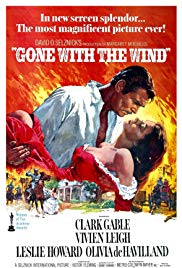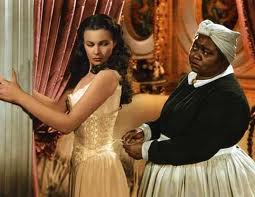After the film has been watched, engage the class in a discussion about the movie.
1. There were slave labor camps in Nazi Germany during WW II and some of the people who ran those camps were tried as war criminals. However, in 1860 slavery was allowed by U.S. law and the plantation owners were not considered criminals. Just 80 years elapsed between 1860 and 1940. What changed?
Suggested Response:
A good discussion will include the following concepts. (1) The German slave labor camps and Southern plantations had much in common. The slaves were punished if they didn’t work hard enough, separated from their families, and killed if they tried to escape. Like the Plantation owners, the Germans considered their slaves (Poles, Russians, Jews etc.) to be from inferior races. (2) Slavery is condoned in the Bible and was an important part of the economies of ancient Greece and Rome; slavery was practiced by Africans and by Europeans. (3) By 1860 every major Western nation had abolished slavery. (4) As President Lincoln said, “If anything is wrong, slavery is wrong.” However, the Southern plantation owners chose to deny this obvious fact. (5) What changed is that mankind overall became more civilized.
2. Most plantation owners who grew up with slavery were unable to see it as wrong even though most western countries at the time of the Civil War had outlawed the “peculiar institution.” What factors do you think blinded them to the truth?
Suggested Response:
All reasonably argued responses are acceptable. Strong answers will acknowledge that economic interest, social pressure, and false regional pride played key roles in attitudes toward slavery. Some may suggest that “motivated blindness” (also called “self-serving bias”) is often a more powerful force than morality.
3. In the late 1800s and most of the 20th century, many in the South subscribed to the Lost Cause Myth (also known as the Lost Cause of the Confederacy). This was the idea that the Civil War and Reconstruction saw a virtuous, chivalrous South crushed by the overwhelming force of a coarse and industrial North. What is wrong with the Lost Cause myth?
Suggested Response:
Strong answers will include the following: The Southern position was a retrograde regionalism and an unworkable political theory holding that a state had the right to secede from the Union. It protected a barbaric and utterly evil institution, that of slavery. In fact, the Southern slave-holding class was perpetrating crimes against humanity and the Confederacy was organized primarily to protect slavery. As for the North, it can be said that the war was the effort of the industrialized North to impose its values on an agrarian South, however, the North went to war to preserve the Union. In 1860 most of Europe was in the hands of a resurgent aristocracy. The U.S. was the only remaining major democracy and if it could not hold itself together, i.e., prevent secession, the cause of democracy, not only in America but in the World, would have been set back for generations, if not discredited entirely. That is what Abraham Lincoln was referring to in the Gettysburg Address when he said,
Four score and seven years ago our fathers brought forth on this continent, a new nation, conceived in Liberty, and dedicated to the proposition that all men are created equal.
Now we are engaged in a great civil war, testing whether that nation, or any nation so conceived and so dedicated, can long endure. . . . It is . . . for us to be here dedicated to the great task remaining before us . . . that this nation, under God, shall have a new birth of freedom — and that government of the people, by the people, for the people, shall not perish from the earth.
From the beginning of the Civil War, the abolitionists also fought to end slavery but they were a minority. It was only as the war progressed, with an unbelievably heavy toll and Black troops making a significant contribution to the Northern War effort, that Lincoln and a majority in the North reached out for another reason for the war and saw the need to make the war a cause to end slavery.
4. What do you think may be the basis in fact for how black characters are portrayed in the film?
Suggested Response:
What is now seen as stereotypes are portrayals of roles blacks had no choice but to play as slaves. They were specifically trained to behave as, among others, house servants, nannies, estate workers or field hands and their personal status was determined by which role they played. The stereotypes remained long after slavery ended and in many cases the training continued for the various roles blacks played as paid servants rather than slaves.







